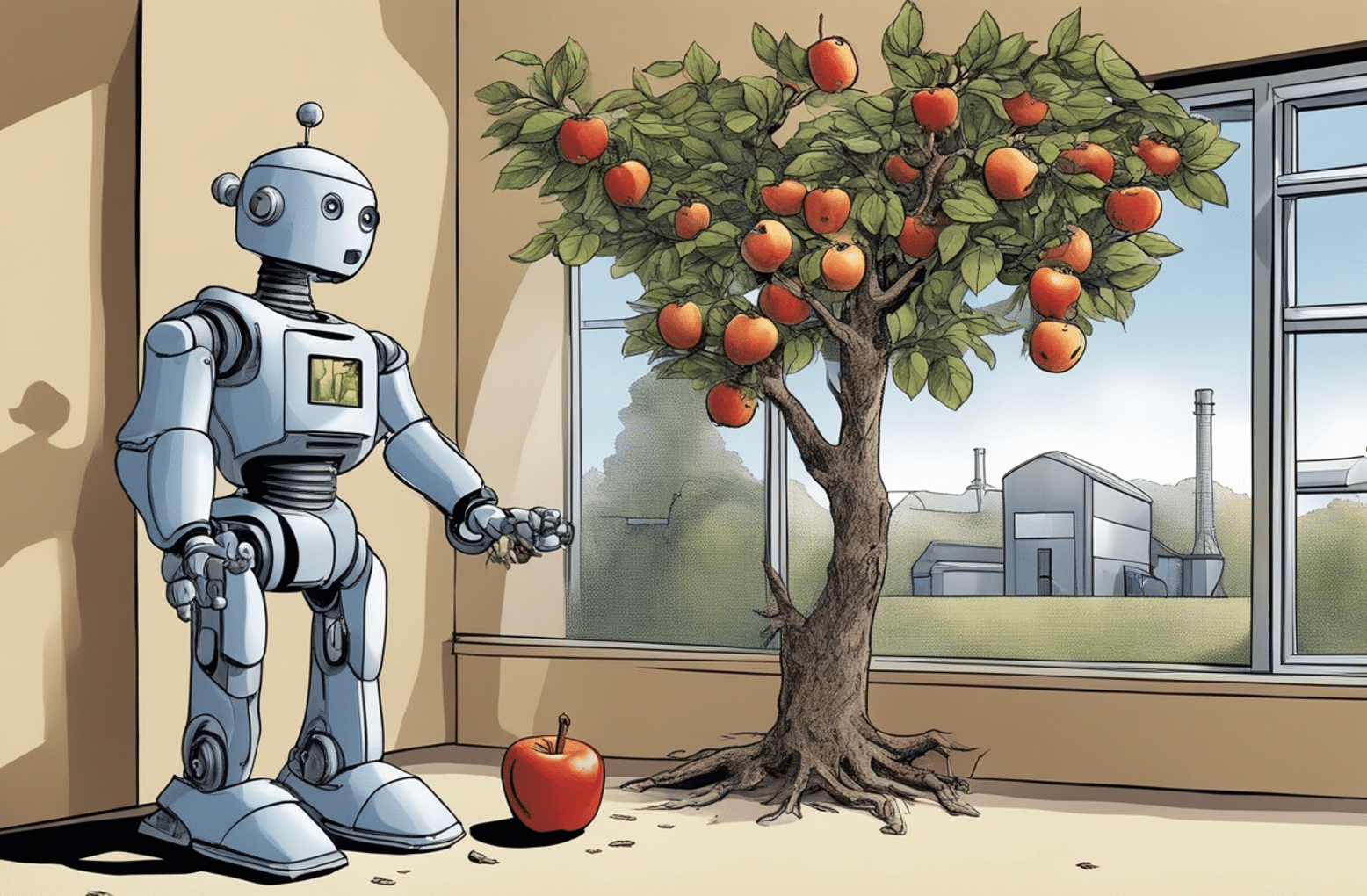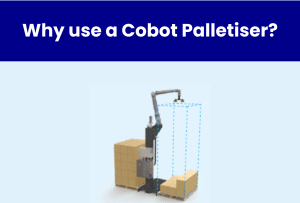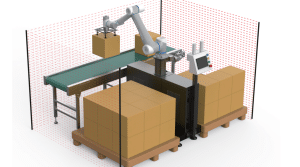When discussing automation with customers just beginning their journey, the phrase “low-hanging fruit“ often comes up. But what does this term truly represent in the context of an automation project?
Characteristics of the Right Starting Process
To maximize success, the process you select for your first automation project should have a few key attributes:
- Clearly defined: The process should be well understood with little ambiguity.
- Limited inputs and outputs: A simpler process with fewer variables is easier to automate.
- Operator buy-in: Ideally, the process is one that operators are eager to automate because it’s tedious, unsafe, or unpleasant.
The Goal: A Quick, Early Success
Your first automation project should aim for a quick win, which serves several purposes:
- Speed: Implementing the project quickly helps build momentum and excitement within the company.
- Cost-efficiency: Choosing a straightforward task means it can be automated with a smaller, less expensive solution, allowing stakeholders to gradually ease into automation.
Impact: Even small improvements—such as reducing mundane or hazardous work—can significantly improve operator satisfaction and engagement.
Growing Into a More Complex Automation Project
As a company gains more experience with automation, it becomes better equipped to tackle more complex and higher-value projects. In other words, once you’ve picked the “low-hanging fruit,” you can reach for bigger opportunities. Tackling these higher-value processes brings several compelling benefits.
First, automating more intricate tasks leads to greater productivity gains. High-value operations often require more skilled labour, which means that automating these tasks can significantly reduce labour costs while boosting output. This directly contributes to improving overall capacity, allowing a company to meet growing demand or even take market share from competitors.
Secondly, if too much “low-hanging fruit” is automated without an overall vision and strategy then we will lose the flexibility to automated more broadly when the market demands it. To push the metaphor a little further: If we fill up on too many sweet treats, we won’t have any room for the meat and vegetables necessary to grow.
Balancing Short-Term Wins with Long-Term Automation Strategy
Ultimately, where a company stands on its automation journey will shape its approach. Starting with low-hanging fruit is a smart way to build momentum, generate early wins, and introduce stakeholders to the benefits of automation. However, to fully capitalize on automation’s potential, the focus must eventually shift toward automating more complex, higher-value processes. These are the projects that deliver lasting productivity gains and drive increased capacity.
Without a well-thought-out automation strategy, companies risk missing out on the most impactful opportunities. Automation investments should align with long-term goals, ensuring they not only address immediate needs but also lay the groundwork for future scalability and competitiveness. By integrating low-hanging fruit and high-value process automation into a cohesive plan, businesses can position themselves for sustainable growth and secure a meaningful competitive advantage in their industry.





